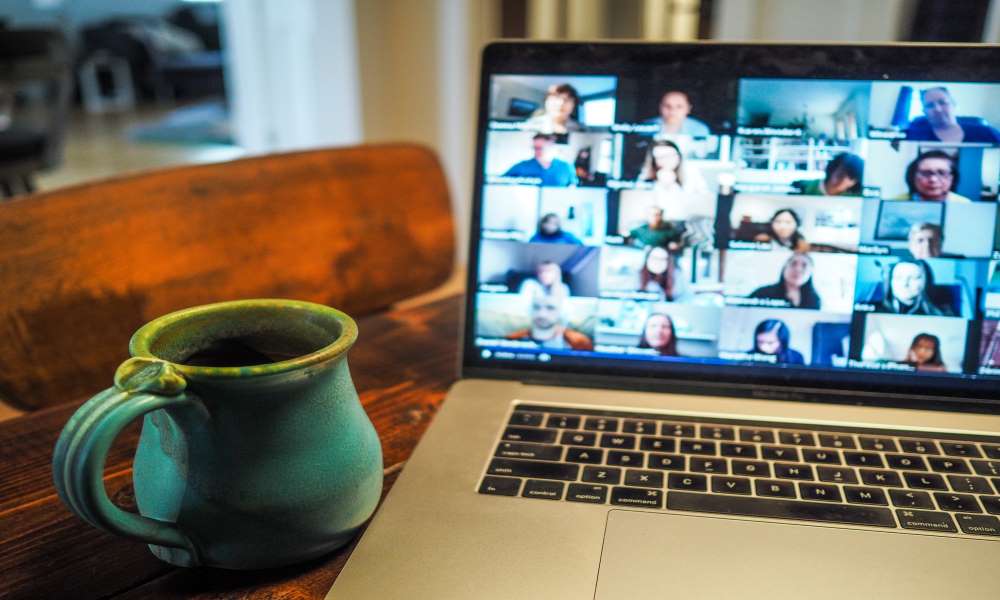
In this post, education researcher Anna Wood reflects on her experience of presenting at the Learning the Teaching Conference 2020 in the context of accessibility and inclusivity and makes several practical recommendations for organising online conferences…
The call for this blog post asked for reflections on our experiences of being involved in ‘presenting at the conference in an online format for the first time’. But actually this wasn’t my first time presenting at the Learning and Teaching Conference online. Two years ago I gave a talk through Skype to a packed room (I gather, the technology didn’t work well enough for me to be able to see the lecture theatre!).
It was fantastic for me to be able to take part in this way (and many thanks to those on the ground who made it happen), because I have a chronic illness that renders me mostly housebound and a day trip to a conference would further exacerbate my condition. Without remote options for presenting I would simply not be able to participate.
I have written before about the digital tools that I use to do my job and how in the past I have recorded talks for conferences and then Skyped in for the questions. That is a great option, especially when there are worries about internet connectivity, but as I discussed in this years’ conference talk, people present differently when talking to an audience compared to talking directly to a camera. At a live event they tend to be more enthusiastic, more spontaneous and more engaging. So being able to give the talk synchronously two years ago at the L&T conference was a better experience for me, and I suspect for the audience.
This years’ online Learning and Teaching conference via Collaborate was, for me, a step up from that because we were all in the same situation, all logging in to the conference room from our computers.
Nevertheless, I have a few suggestions below for ways in which this could be improved.
- Schedule: Personally I would have preferred the conference sessions to have all been on the same day. I attended a day conference on Zoom a few weeks ago with over 3000 participants, with 4 parallel sessions throughout the day, with some sessions gaining over 750 attendees. It is possible, though I realise this takes a different level of planning and support on the day.
- Seeing faces. As I mentioned earlier speaking to a live audience is important, but it is even better if the speaker is able to see the people they are talking to. Unfortunately this isn’t possible in Collaborate when a presentation is being shared. There are other video conferencing providers (such as Zoom) which make this possible, and which create a sense of connection even with large numbers of participants.
- Hearing Questions: Conferences are not just about presenting data, they are about connecting with people. The chat was a fantastic facility, but for the Q&A it made conversations very one sided. Being able to unmute people so they could ask the question and come back with a response, particularly in smaller sessions would be a great way to enhance the interactivity of the session. Other options include using breakout rooms for poster sessions with participants swapping room every 5 minutes.
- Joining: I found the links and the e-mails with the links very hard to organise. It would make this simpler to have a single link to the conference ‘room’ with a password sent out by e-mail. Again this is something that Zoom does (I promise I don’t have shares!). The conference I mentioned earlier had a webpage with the hyperlinks for each session, each with the same password. No sign up for sessions was needed in advance.
Overall it was a fantastic achievement by the organisers. One role of a conference is to make sure that diverse voices are heard and this format certainly does that, as it makes it possible for people who can’t be there in person, whether through chronic illnesses or disabilities or those with caring responsibilities to attend an event they otherwise might not have been able to. It also reduces the travel involved. While it can’t replace the atmosphere and connectivity of an in-person event, I hope that it has a place in the way that we communicate research and ideas in the future.

 Anna Wood
Anna Wood